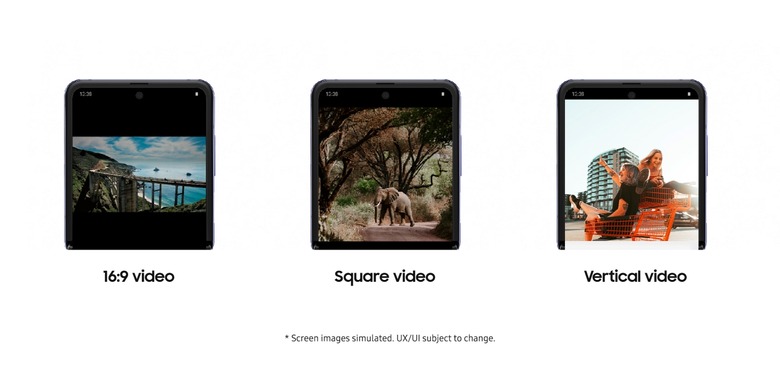Galaxy Z Flip YouTube Flex Mode Support Might Just Be The Beginning
Samsung sometimes has a tendency to have short term amnesia, forgetting a new product once a newer one gets released. That's even more prominent with "experimental" but also very expensive like the Galaxy Round or even last year's rather controversial Galaxy Fold. This year, Samsung is trying to do well by Galaxy Z Flip owners and is rolling out new features and, based on Samsung's announcement, could just be the start of more Flex Mode compatible apps for the foldable phone.
Last week, Samsung released an update to the Galaxy Z Flip that also added a Flex Mode for its own camera app. In a nutshell, this splits the app's UI into two so that you could prop up the phone at an angle, using the lower half as a stand while the upper half acts as your viewfinder. It is a simple yet ingenious use of the phone's form factor and it's reassuring that Samsung is now making another step forward with it.
This time, it's announcing that the YouTube app has been updated to support this same Flex Mode layout. When folded at a right angle, the upper half lets you watch videos uninterrupted while you browse through YouTube independently on the lower half of the screen. Samsung promises that this mode is optimized for all sorts of YouTube video sizes and formats, though a typical 16:9 landscape video is clearly not that comfortable to look at.

Samsung boasts that this new YouTube feature is the fruit of its collaboration with Google, something that would have sounded almost unbelievable a few years back. More importantly, Flex Mode is available in the Android Support Library itself, allowing other app developers to add support for the Galaxy Z Flip. Provided they're willing to do the work, of course.
The company also proudly described how working together with Google has made it possible to bring features like RCS, Live Caption, and Google Duo integration into its Galaxy phones. While an impressive achievement given Samsung's reputation, it should really be the standard for all Android OEMs anyway, not just a notable and praiseworthy exception.
